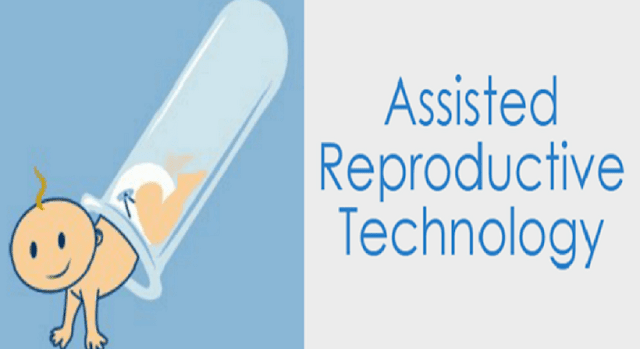Assisted reproductive technology (ART) is the technology used to achieve pregnancy in procedures such as fertility medication, in vitro fertilization and surrogacy. It is reproductive technology used primarily for infertility treatments, and is also known as fertility treatment.. Assisted conception treatments include: Intrauterine insemination (IUI). Sperm cells are inserted directly into your womb (uterus) at the time of ovulation. In vitro fertilisation (IVF). Eggs are gathered from your ovaries and combined with your partner’s sperm in a laboratory dish.
The following methods are currently available for assisted conception.
Intrauterine insemination (IUI): At the time of ovulation, a fine catheter is inserted through the cervix into the uterus to place a sperm sample directly into the uterus. The sperm is washed in a fluid and the best specimens are selected.
The woman may be given a low dose of ovary stimulating hormones.
IUI is more commonly done when the man has a low sperm count, decreased sperm motility, or when infertility does not have an identifiable cause. It can also help if a man has severe erectile dysfunction.
In-vitro fertilization (IVF): Sperm are placed with unfertilized eggs in a petri dish, where fertilization can take place. The embryo is then placed in the uterus to begin a pregnancy. Sometimes the embryo is frozen for future use.
Intracytoplasmic sperm injection (ICSI): A single sperm is injected into an egg to achieve fertilization during an IVF procedure. The likelihood of fertilization improves significantly for men with low sperm concentrations.
Sperm or egg donation: If necessary, sperm or eggs can be received from a donor. Fertility treatment with donor eggs is usually done using IVF.
Assisted hatching: The embryologist opens a small hole in the outer membrane of the embryo, known as the zona pellucid. The opening improves the ability of the embryo to implant into the uterine lining. This improves the chances that the embryo will implant at, or attach to, the wall of the uterus.
This may be used if IVF has not been effective, if there has been poor embryo growth rate, and if the woman is older. In some women, and especially with age, the membrane becomes harder. This can make it difficult for the embryo to implant.
Electric or vibratory stimulation to achieve ejaculation: Ejaculation is achieved with electric or vibratory stimulation. This can help a man who cannot ejaculate normally, for example, because of a spinal cord injury.
Surgical sperm aspiration: The sperm is removed from part of the male reproductive tract, such as the vas deferens, testicle, or epididymis.


Add Your Comment